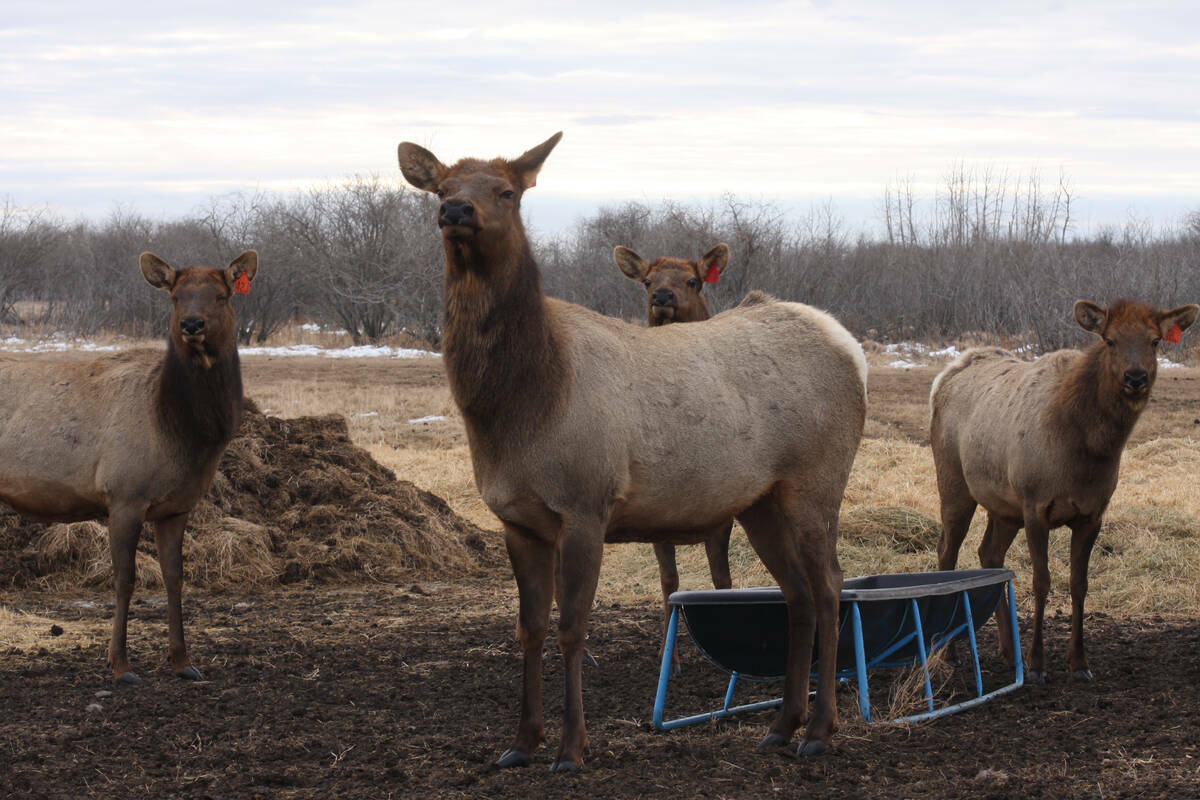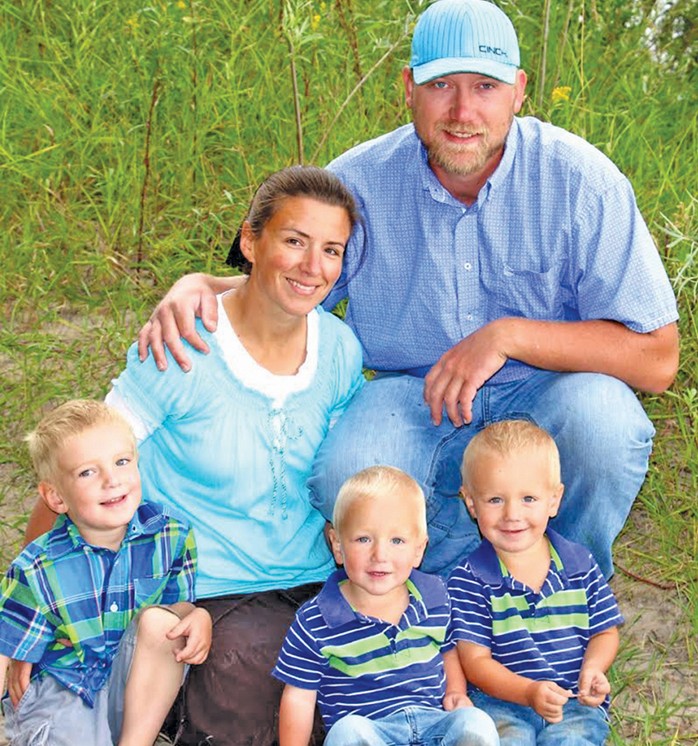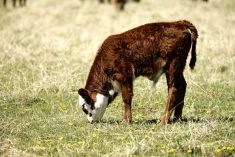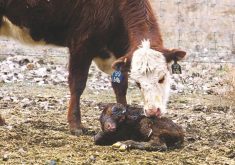At the start of the year, the big question in the cattle sector was, ‘Can prices stay this high all year?’
“The market right now is fantastic,” Herb Lock of Farm$ense Marketing said back in February. “Cow-calf producers right now are in their second world, floating around in the sky compared to other years.”
Lock predicted “higher prices ahead,” but no one had any idea of how good things were about to get.
In January 2013, 700-pound feeder steers were fetching around $135/cwt at the open market in Ponoka, according to the Weekly Livestock Market Review put out by Alberta Agriculture. At the time Lock was calling the market “fantastic,” buyers in Ponoka had upped their bids by about $40/cwt.
Read Also

Cervid harvest preserves to be developed in the province under Bill 10
The Government of Alberta has given approval for creation of cervid harvest preserves.
Today, that would be a bargain.
At the end of November, 700- to 800-pound feeder steers were fetching an astonishing $250 to $259/cwt at Ponoka.
- More from the Alberta Farmer: A long-overdue return to profitability
While all this was great news for long-suffering cow-calf producers, it presents a challenge to the overall sector. The sector needs to grow the cattle herd, now at its smallest level in 20 years, and young producers will be key to that. But they face a dilemma, Alberta Beef Producers chair Greg Bowie said in September.
“When someone thinks about keeping back heifer calves, that’s a long-term investment,” said Bowie. “For an established producer, it’s a little easier to do because they’ve got the equity and they can make it happen. For a young producer to do that, it’s very hard to justify that and keep the cash flow going.”
That’s exactly the situation faced by Jake Meyer, who left a lucrative job in the oil industry in 2009 to ranch full time.
“We came to the conclusion that it just doesn’t pay to retain them right now,” Meyer said in October.
“The chance of prices coming down is better than prices going up. They’re at an all-time ridiculous record high, so the chance of them coming back down is pretty good.”
Over the long term, that’s a sure bet. The question is when.
Even though expanding the herd is a slow process, cattle numbers on both sides of the border are expected to start rising fairly soon. And consumers may already have hit the wall when it comes to pricey beef. The USDA recently predicted per capita consumption will fall to 52.2 pounds in 2015 — a hefty drop of 2.4 pounds per person.
Still, producers now have confidence they’ll be able to make money raising cattle, said Bowie, calling that “the new normal.”
But a note of caution sounded by Lock back in February remains true today.
Washington’s country-of-origin labelling law makes it more expensive for U.S. packers to process Canadian cattle. Sky-high prices mask the pain caused by the labelling law discount, but as Lock noted, it hasn’t gone away.
“In the short term, we’ll get a fair chunk of (higher prices), but the crunch years will come five or six years in the cattle cycle when prices decline,” he said. “When prices decline, our industry will be pushed below the water level two or three years before the Americans.”















